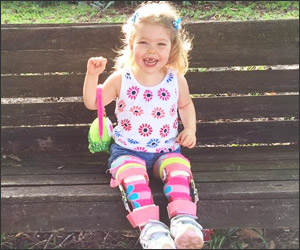
Dr. Amitabha Das
MBBS (Hons), MS (General Surgery, Gold medalist), MCh (Neurosurgery, AIIMS

MBBS (Hons), MS (General Surgery, Gold medalist), MCh (Neurosurgery, AIIMS
PAEDIATRIC NEUROSURGICAL DISEASES
Pediatric neurosurgery is the science of evaluating, diagnosing and treating children and infants with diseases of the nervous system, including the brain, spinal cord and peripheral nerves. It is also the art of caring for these patients and their families, sometimes under very challenging circumstances. When seeking the advice of a pediatric neurosurgeon you should expect the highest level of professionalism and expertise.
The pediatric neurosurgeons at Brenner are experts in neurosurgical care for children of all ages, from infants to young adults. We have expertise in the treatment of conditions involving traumatic injuries and perform all types of neurosurgical operations on pediatric patients every day. We help our patients get better through diagnosis, treatment, surgery and extensive follow-up care.
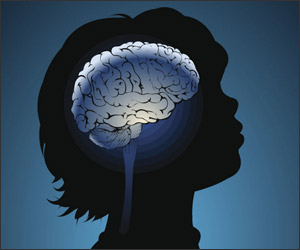 1
1
Conditions & Treatments
A) Arteriovenous Malformations (AVMs) :
A condition in which arteries and veins do not properly connect.
Treatments include observation, medication to manage symptoms (such as headaches), surgery to remove the improperly connected arteries and veins, targeted radiation (if appropriate) and embolization, a procedure in which blood flow to the AVM is blocked.
B) Brain Tumor : A tumor inside the brain
Treatment for brain tumors depends upon the tumor type and its location; a neurosurgeon will review treatment options during a clinical visit.
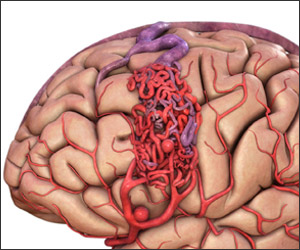 C) Cerebral Aneurysm:
An abnormal widening of a section of a blood vessel in the brain that fills with blood.
C) Cerebral Aneurysm:
An abnormal widening of a section of a blood vessel in the brain that fills with blood.
Treatment for cerebral aneurysms include observation, embolization (a procedure in which blood flow to the vessel is blocked) and microvascular clipping (the removal of the artery supplying blood to the aneurysm) to cut off blood flow.
D) Cerebral Palsy: A condition in the brain and/or central nervous system that can affect movement, posture, learning, hearing, seeing and thinking
Rhizotomy and spinal fusion are two potential surgical treatments for cerebral palsy.
Treatment and follow-up programs are developed by a multidisciplinary team of experts in collaboration with the patient and his or her family.
E) Craniosynotosis: A condition in which a baby’s skull closes too early
Surgery to separate the skull is performed to allow for normal brain development and head shape.
F) Down syndrome: A genetic condition that impairs a child’s physical development and intellectual growth. Spinal fusion, one potential treatment for Down syndrome, can help provide stability to the bones in a patient’s neck.
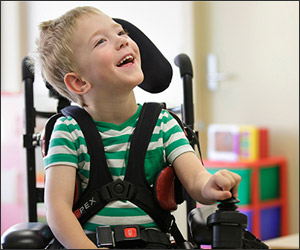 G) Dystonia: A movement disorder that causes muscle contractions and abnormal posture
G) Dystonia: A movement disorder that causes muscle contractions and abnormal posture
One treatment option for dystonia is deep brain stimulation, a procedure in which wires are placed into specific areas inside the brain and on nerves throughout the body. A pulse generator (a pacemaker-like device) is also inserted and implanted around the collar bone or in the abdomen. Through the use of these devices, we are able to help regulate our patients’ movements.
H) Epilepsy: A condition that affects the central nervous system and may produce seizures in the brain; seizures can vary in their intensity from loss of awareness to extreme physical movement or thrashing
There are multiple treatment options for epilepsy, including:
• Corpus callosotomy – cutting the fibers that join the left and right sides of the brain to prevent a seizure from spreading from one side to the other.
• Hemispherectomy or hemispherotomy – removing or disabling all or part of a hemisphere or side of the brain
• Resection – removing the area of the brain that is causing the seizures
• Temporal lobectomy – removing a part of the temporal lobe (the front of the brain)
• Vagal nerve stimulator – a device inserted into the left side of the chest that helps prevent seizures
I) Hydrocephalus :
Commonly called “water in the brain,” this is a condition in which cerebral spinal fluid, the clear fluid that surrounds and supports the brain and spinal cord, does not drain from the brain, leading to excess fluid in the skull.
Treatment can include placing a shunt, an opening that allows fluid to pass from one location to another, in the cerebral area to reroute the spinal fluid from the brain.
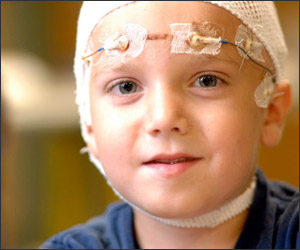 J) Nerve Injury :
Damage to a nerve, typically in the arm or hand
J) Nerve Injury :
Damage to a nerve, typically in the arm or hand
Treatment for nerve injury may consist of the removal of scar tissue from the nerve or the surgical repair of the damaged nerve.
K) Spasticity:
A condition in which muscles involuntarily contract.
A rhizotomy may be performed, in which the nerves that cause spasticity are cut. During this procedure, our specialists carefully select individual nerves to cut using electrical stimulation; this lets us know which nerves affect certain areas of the patient’s muscle. Once a nerve is cut, the related muscle becomes more relaxed and the patient’s range of motion increases.
L) Spina Bifida:
A congenital birth defect in which the spine and backbone do not close before birth; in some cases, the spine may stick out of the back.
Surgery may be performed to close the opening and fix existing spinal deformities.
M) Spinal Cord Tumors:
Tumors located on the spinal cord .Computerized tomography (CT) and/or magnetic resonance imaging (MRI) are used to diagnose the exact location of the tumor. Additionally, these tests are often used during surgery so that there is less cutting and faster recovery after the removal of the tumor(s).
N) Trauma:
A neurological condition brought upon by a traumatic injury. A pediatric neurosurgeon is always on call at Brenner’s emergency department to care for patients with trauma-related issues.
